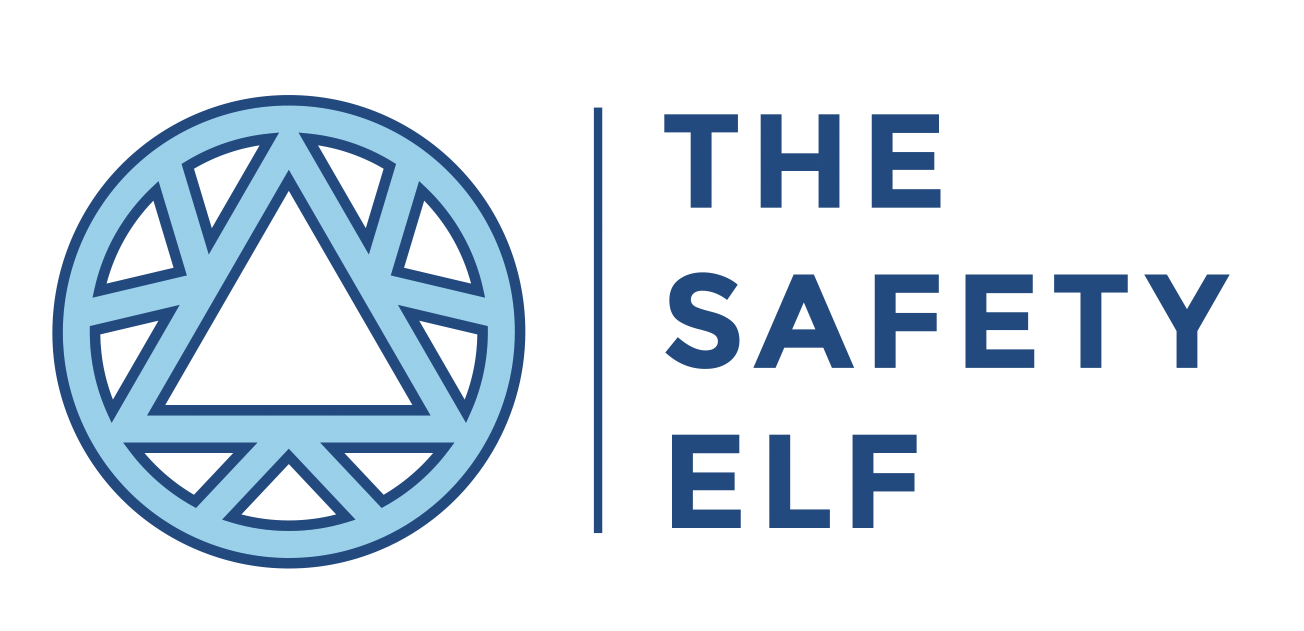What in the world is a WRULD?!
They are the most common form of occupational injuries in Europe, accounting for more than 45% of all occupational injuries - but what in the WRULD are they?
They are Work Related Upper Limb Disorders (WRULDs) - they may be referred to as Repetition Strain Injuries (RSIs), sprains or strains, by the medical terms such as tenosynovitis or carpal tunnel syndrome.
What are they caused by?
WRULDs are caused by the effects of many repeated, often moderate, applications of force, sustained over an extended period. The loads themselves do not tend to cause immediate injury, but can result in muscle fatigue and lead to microscopic injuries in the soft tissue structures of the neck and upper limbs.
Repetitive movement such as keyboard work or being in awkward of tiring positions can also lead to WRULDs, or may exacerbate a musculoskeletal disorder which was originally caused by something non work-related such as sport or something in your personal and social life.
Or in other words…”interesting posture at my computer”!! See my video here:
How can you prevent them?
Preventing WRULDs is all about making sure you look after your body and take time to rest from repetitive tasks if they form part of your day. While not life threatening, upper limb and musculoskeletal disorders can impair the quality of life of large numbers of the working population.
In 2017/18, work-related musculoskeletal disorders (WRMSDs) accounted for 35% of the prevalence of all work-related ill health in Great Britain.
The problem often starts with a sedentary lifestyle. According to Workplace Insight, 81% of UK office workers spend between four and nine hours each day sitting at their desk, equating to an average of 67 sedentary days per person each year!
So how do you overcome this?
Move! Get up every 20 minutes and move. It doesn’t have to be a long walk or trip to the printer, simply standing up and shaking your arms allows you to return to your seat and consciously reset your posture.
Rinse and don’t repeat! If your job involves lots of repetitive movements, try to factor in regular breaks or change tasks every 30 minutes to avoid muscle strain.
Get a second opinion! I’m more than a DSE assessor, I can look at how you use your workstation and give you ways to improve your posture, often using equipment you already have. I take a holistic approach to your wellbeing at work and recognise that not everyone works at a desk, it might be a sofa or a kitchen table. I take this all into account when doing my assessments so you get a setup that works for you and your body, wherever you are.
Try me!
I work with businesses and individuals to help them practice good posture so they can feel better and work more efficiently wherever they work.
Find out more about how I work with individuals.
Find out more about how I work with businesses.
Follow me on Twitter for more about wellbeing at work @SafetyElfing
Credits:
http://www.hse.gov.uk/statistics/causdis/msd.pdf
https://workplaceinsight.net/uk-office-workers-may-sit-at-their-desk-for-up-to-nine-hours-a-day/


